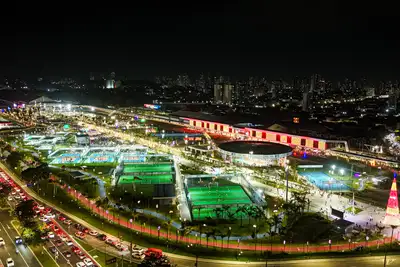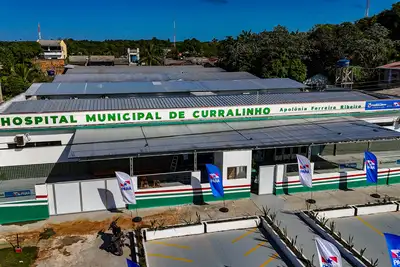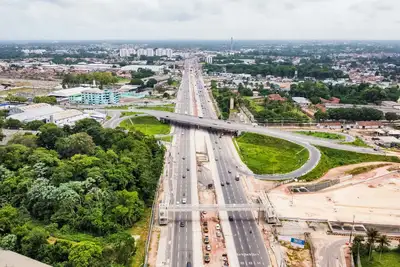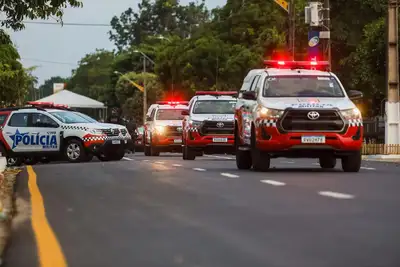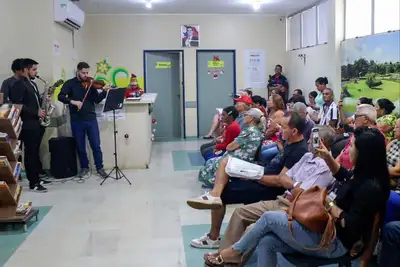Executive Committee of PlanBio monitors advances in the monitoring platform of the Pará bioeconomy
The meeting presented the features of the tool that will be essential for tracking results and increasing the transparency of the plan's actions
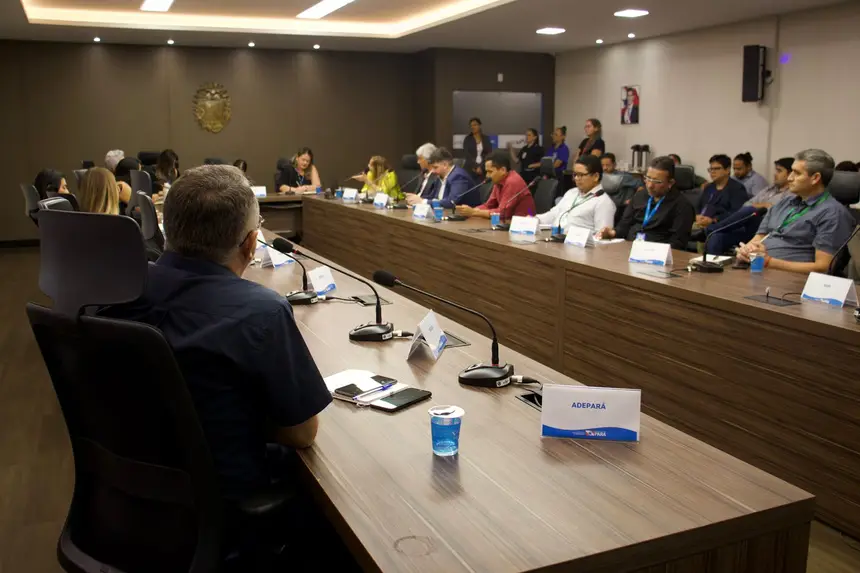
The Government of Pará, through the State Secretariat for the Environment, Climate and Sustainability (Semas), held the 4th Ordinary Meeting of the Executive Committee of the State Bioeconomy Plan (PlanBio) this Tuesday (19). The meeting, held at the Semas plenary, focused on presenting the advances of the Monitoring Platform for the actions of PlanBio, developed since 2024 to integrate and monitor the execution of public policies aimed at bioeconomy in the state.
The new platform will allow secretariats and executing agencies to input updated information about their actions monthly, indicating data such as the volume of resources applied, number of people served, initiatives supported, among other indicators. The goal is to ensure greater effectiveness in management, increase transparency, and consolidate a strategic tool for the continuous evaluation of public policy.
The platform integrates data from 18 secretariats and 122 actions
The Deputy Secretary of Bioeconomy at Semas, Camille Bemerguy, highlighted the fundamental role of the tool in strengthening bioeconomy policy. “The Bioeconomy Plan includes 122 actions distributed among 18 secretariats. There is a need to monitor them in an integrated manner. The platform is an important element to delineate future policies, measure impact, expand reach, and verify if actions are being executed as originally planned,” she stated.
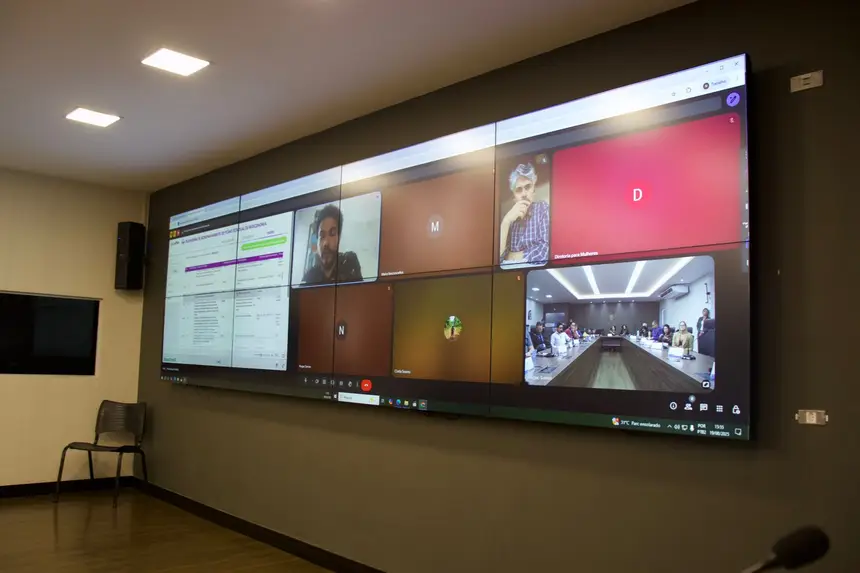
The tool is being developed with technical support from a consultancy specialized in information technology and is part of the Government of Pará's effort to strengthen evidence-based management and transition to a low-carbon economy.
Indicators focused on social, environmental, and territorial impact
According to the Bioeconomy Coordinator at Semas, Jéssica Brilhante, the consolidation of the platform is the result of collaborative work among the executing agencies of PlanBio, with the support of the Standing Forest program, and has been built based on bilateral meetings with the participating secretariats.
“The platform will be a monitoring tool for actions and indicators of the State's public bioeconomy policy. We are structuring a tool capable of evidencing the real impact of PlanBio in the territories, with specific cuts of benefited peoples — indigenous, quilombolas, extractivists, family farmers, and civil society — as well as gender cuts, supported businesses, invested values, and territorialization,” she explained.
The tool will be a channel for dialogue with society
Representing the Amazon Foundation for Support of Studies and Research (Fapespa), the scientific director Deyvison Medrado reinforced the strategic role of the platform as a tool for transparency and public communication.
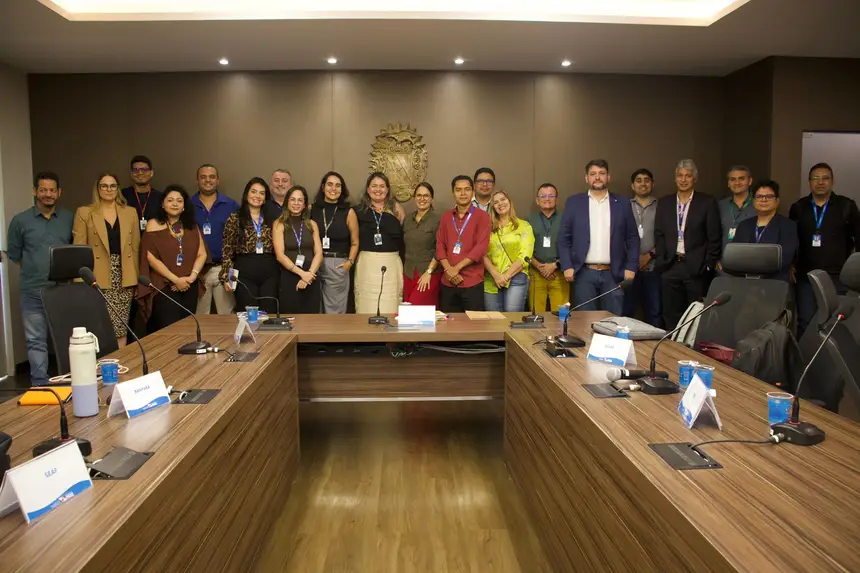
“This mechanism will provide a much better and broader view of all the actions that are already being executed in the state bioeconomy plan. It will be a communication vehicle with society about all the commitment that the State Government entities have with PlanBio,” he emphasized.
PlanBio is one of the main strategies of the Government of Pará within the scope of the State Amazon Now Plan (PEAA) and is structured around three main axes: Productive Chains and Sustainable Businesses; Cultural Heritage and Genetic Heritage; and Research, Development, and Innovation. The proposal is to promote nature-based solutions and strengthen economic models that value traditional knowledge and Amazonian biodiversity.
Text: Vinicius Silva/ Ascom Semas


